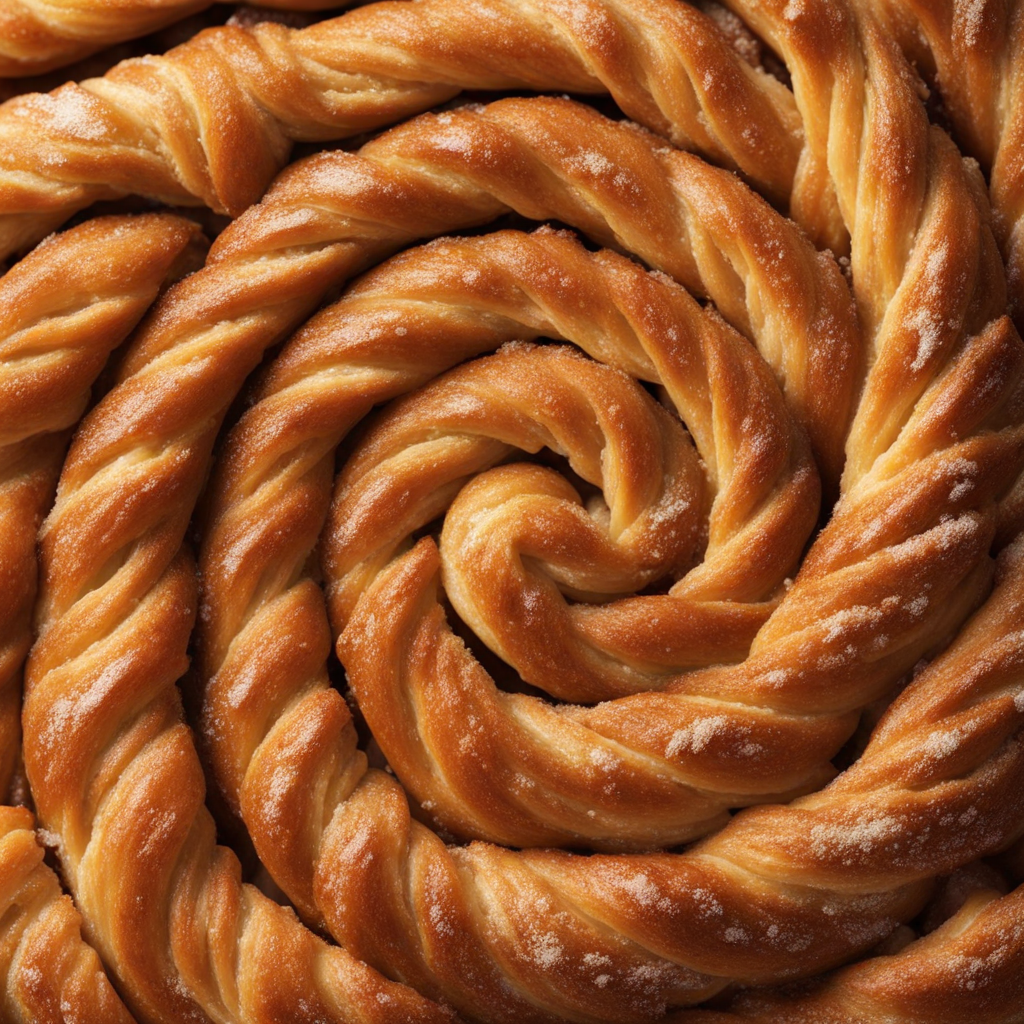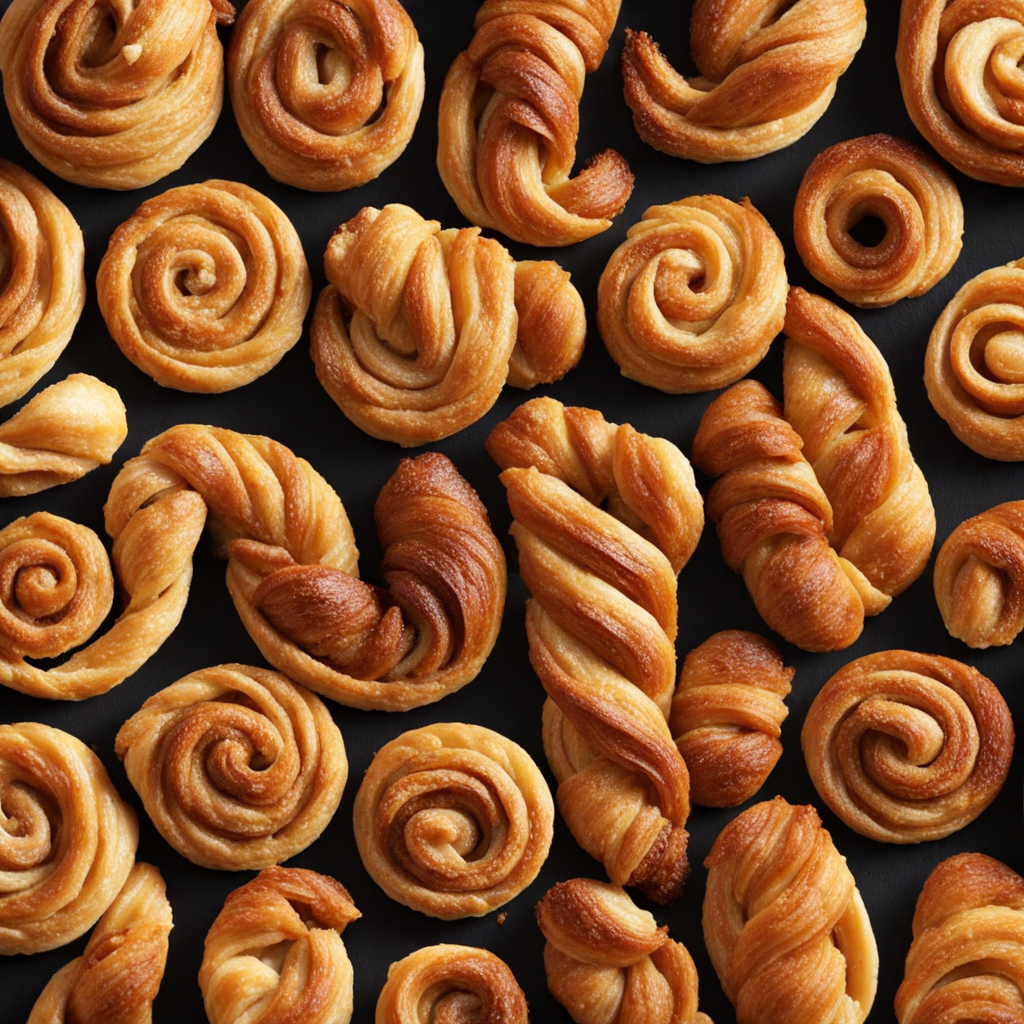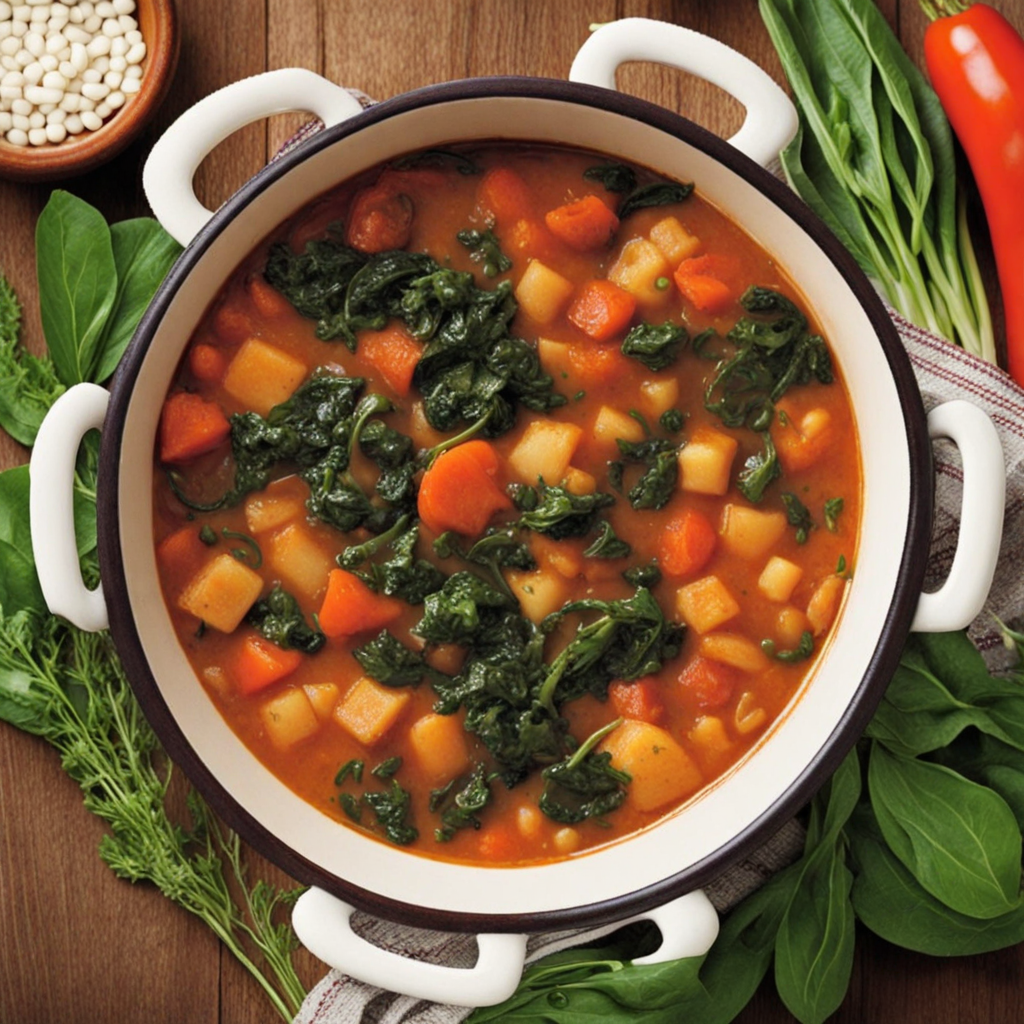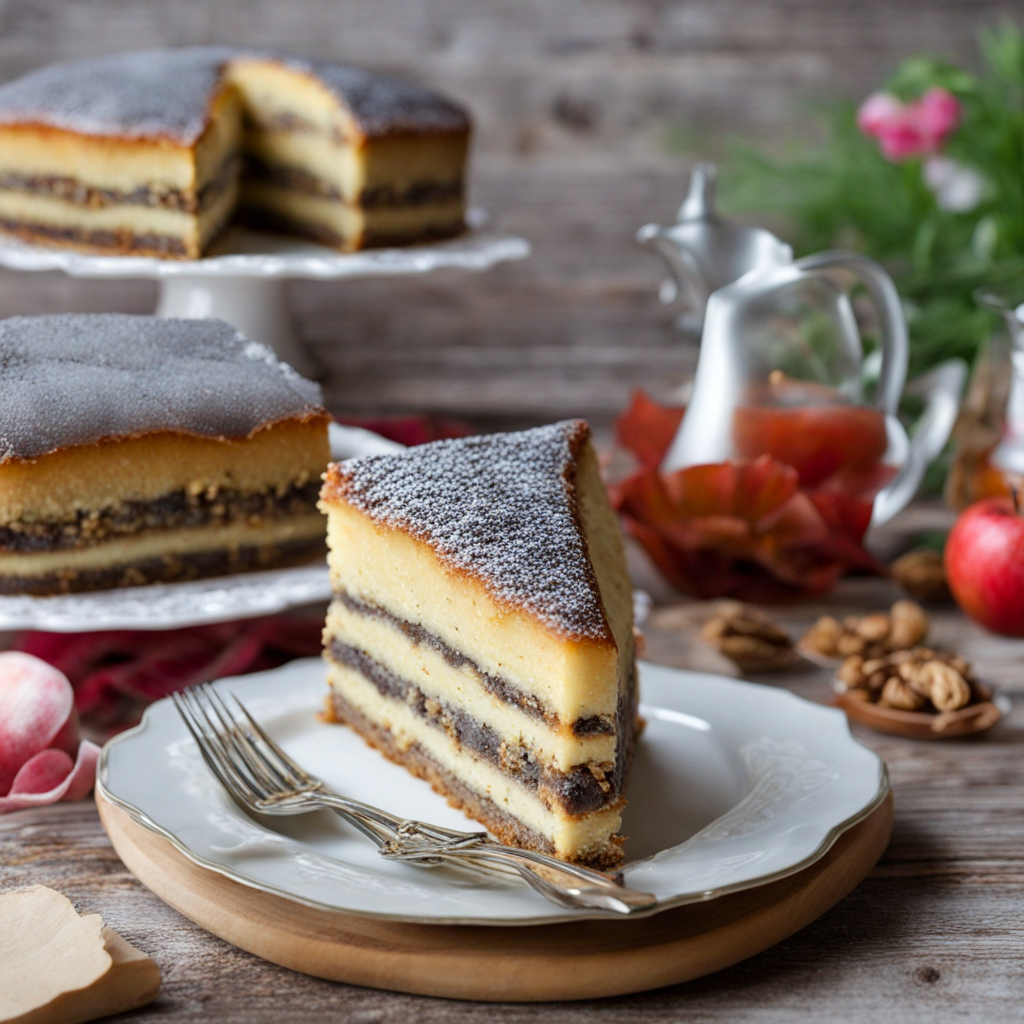Kürtőskalács
Kürtőskalács, often referred to as chimney cake, is a traditional Hungarian pastry that captures the essence of festivity and flavor. This delightful treat is made from a sweet, yeast-based dough that is rolled out and wrapped around a cylindrical baking spit. As it spins over an open flame or in a hot oven, the exterior caramelizes into a golden-brown crust, while the inside remains soft and fluffy. The result is a unique texture that offers a satisfying contrast between the crispy outer layer and the tender interior, making each bite a delightful experience. The exterior of Kürtőskalács is typically sprinkled with a variety of toppings, enhancing its flavor profile. Common choices include sugar, cinnamon, cocoa powder, or crushed nuts, each adding its own nuances to the pastry. The sugary coating caramelizes as it heats, creating a sweet, slightly crunchy shell that encapsulates the warm, doughy heart. Some variations also include fillings such as chocolate or vanilla cream, providing an even richer flavor that tempts the palate with every forkful. This enchanting treat is often enjoyed at street fairs and markets, where it is freshly made to order, filling the air with the mouthwatering aroma of baking dough. Kürtőskalács is not just a dessert; it embodies a sense of nostalgia and togetherness, often shared among friends and family. Whether enjoyed plain or with various toppings, this delicious pastry invites you on a journey through Hungarian culinary tradition, offering a taste that is both comforting and excitingly different.
How It Became This Dish
Kürtőskalács, often referred to as "chimney cake" in English, is an iconic Hungarian pastry that has captured the hearts and palates of many, both within Hungary and beyond. This sweet treat is not only a delicious indulgence but also a symbol of cultural heritage, showcasing the rich history and traditions of Hungary. Origins of Kürtőskalács The origins of kürtőskalács can be traced back to the medieval period, specifically to the Transylvanian region of Hungary, where it was traditionally prepared by the Székely people, a Hungarian ethnic group. The name itself, "kürtőskalács," translates to "cylinder cake," referring to the cylindrical shape of the pastry, which is baked on a rotating spit over an open fire or in a special oven. This method of cooking is believed to have been inspired by the ancient practices of roasting bread on sticks, a technique that dates back centuries. The earliest recorded mention of kürtőskalács dates to the 19th century, although its roots likely extend further back, intertwined with the culinary practices of various cultures in the region. There are numerous folk tales and legends surrounding its creation, one of which tells of a Hungarian nobleman who, while in Transylvania, discovered the unique baking method used by local bakers. Fascinated by the technique and the flavor, he brought it back to Hungary, where it evolved into the beloved treat we know today. Cultural Significance Kürtőskalács holds a special place in the hearts of Hungarians and is often associated with festive occasions and communal gatherings. Traditionally, it was prepared during celebrations such as weddings, fairs, and Christmas markets, where vendors would set up stalls and bake the pastries over open flames, filling the air with their sweet aroma. The cake is often rolled in sugar, which caramelizes during the baking process, creating a crispy, golden-brown exterior that contrasts beautifully with the soft, fluffy interior. The preparation of kürtőskalács is a social event in itself. Families and friends would gather to watch the baking process, sharing stories and laughter while the delicious aroma wafted through the air. This communal aspect of making kürtőskalács reinforces its significance as more than just a food item; it symbolizes togetherness, tradition, and the joy of sharing. In addition to its role in celebrations, kürtőskalács has also become a representation of Hungarian identity. As Hungary faced various political and cultural changes throughout the 20th century, traditional foods like kürtőskalács served as a means of preserving national identity and cultural heritage. It stands as a testament to the resilience of Hungarian traditions in the face of modernization and globalization. Development Over Time The 20th century saw significant changes in the preparation and consumption of kürtőskalács. Following World War II, Hungary underwent a transformation, with many traditional foods experiencing a decline in popularity as the country became more urbanized. However, kürtőskalács managed to retain its status as a beloved treat, particularly during the festive season. In the late 20th century, as Hungary opened up to the West following the fall of communism in 1989, there was a resurgence of interest in traditional Hungarian cuisine. Kürtőskalács became a staple at street fairs, festivals, and Christmas markets, once again capturing the imaginations of both locals and tourists. This revival was aided by the introduction of modern baking techniques and equipment, which allowed for more efficient production while still maintaining the traditional flavor and texture. Today, kürtőskalács can be found in various forms across Hungary and beyond. While the classic version is rolled in sugar, contemporary variations have emerged, with different toppings and fillings such as cinnamon, cocoa, nuts, and even ice cream. This adaptability has contributed to its popularity, as it appeals to a wide range of taste preferences. The pastry has also gained international recognition, with vendors setting up stalls at food festivals and markets around the world. In recent years, kürtőskalács has made its way into the culinary spotlight, becoming a must-try item for those exploring Hungarian cuisine. Its distinctive appearance and delightful taste have made it a favorite among food enthusiasts and a memorable souvenir for tourists visiting Hungary. Challenges and the Future Despite its popularity, kürtőskalács faces challenges in maintaining its traditional essence amid a rapidly changing culinary landscape. The rise of mass-produced versions of the cake, which may sacrifice quality for convenience, has prompted concerns among purists who advocate for preserving the authenticity of this cherished treat. Additionally, the proliferation of international food trends has led to increased competition for traditional foods, making it essential for kürtőskalács to remain relevant and appealing to new generations. As Hungary continues to embrace its culinary heritage, kürtőskalács stands as a symbol of resilience and adaptability. Efforts are being made to promote traditional baking methods, with artisans and local bakers dedicating themselves to perfecting the craft. Furthermore, initiatives aimed at educating younger generations about the history and significance of this pastry are vital in ensuring its longevity. Conclusion Kürtőskalács is more than just a delicious pastry; it is a cultural emblem that encapsulates the history, traditions, and communal spirit of Hungary. From its humble origins in Transylvania to its modern-day popularity across the globe, kürtőskalács continues to evolve while remaining deeply rooted in its heritage. As this beloved treat makes its mark on the international culinary scene, it serves as a reminder of the importance of preserving cultural identities through food, ensuring that future generations can savor the flavors and stories that shape their heritage. Whether enjoyed at a festive market or crafted in a cozy kitchen, kürtőskalács will always evoke the warmth and unity that characterize Hungarian culture.
You may like
Discover local flavors from Hungary







